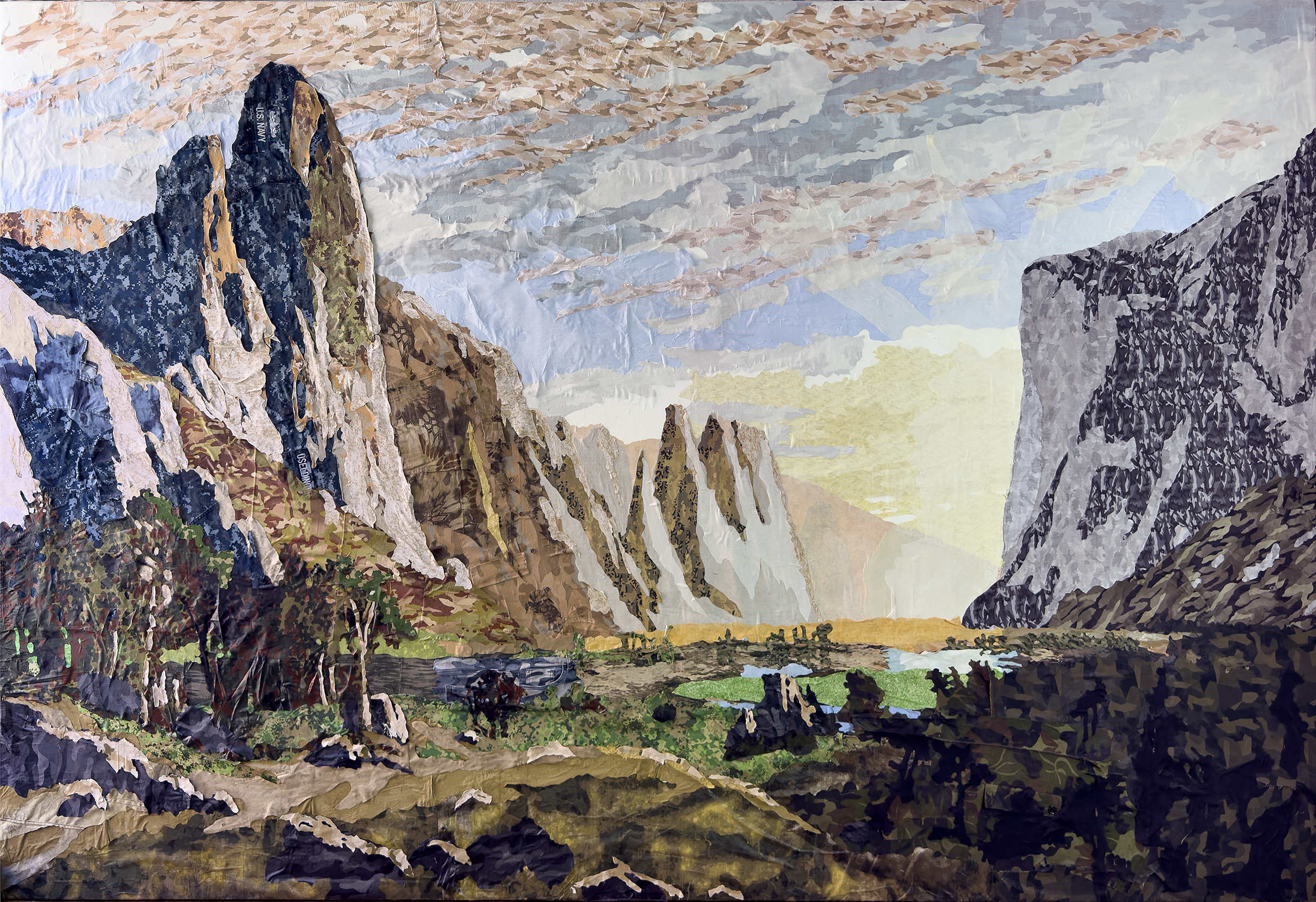Mateo Maté



Biografia
Mateo Maté (Madrid, 1964) és un artista conceptual espanyol reconegut pel seu enfocament en l'art contemporani. Utilitza objectes quotidians, sovint relacionats amb el seu entorn domèstic, per a explorar com els espais que habitem estan travessats per tensions i violències, on l'íntim i el social, el polític i l'existencial, l'individual i el col·lectiu s'entrellacen. Ha realitzat exposicions individuals en institucions de gran prestigi com el Museu Nacional Centre d'Art Reina Sofia a Madrid, el Museu Siqueiros a Ciutat de Mèxic i el Museu Pati Herreriano a Valladolid. A més, ha participat en exposicions col·lectives en espais com el Jeu de Paume a París i el MoMA PS1 a Nova York, entre altres. En 2002, va rebre la Beca de la Fundació Marcelino Botín, i en 2003 va ser guardonat amb el Premi Altadis d'Arts Plàstiques. En 2014, va obtenir el Premi Comunitat de Madrid-Estampa per la seva obra La Cara Oculta. El seu treball convida a l'espectador a una reflexió crítica, utilitzant la ironia i l'atzar per a revelar convencions i oferir una mirada renovada sobre la nostra percepció del món.
